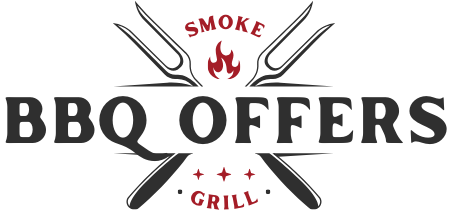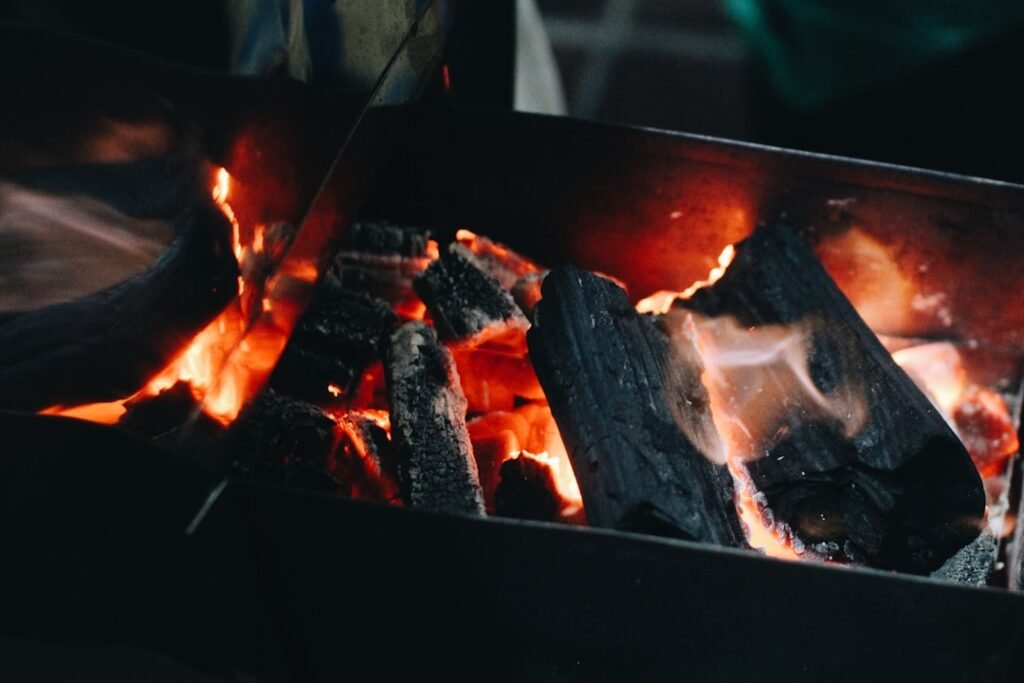Master the Art of BBQ Ribs: A Step-by-Step Guide

When it comes to barbecuing, the choice of ribs can make or break the entire experience. I often find myself standing in front of the meat counter, contemplating the various options available. The two primary types of ribs that I consider are baby back ribs and spare ribs.
Baby back ribs are shorter, leaner, and tend to be more tender, making them a popular choice for many. On the other hand, spare ribs are larger, meatier, and have a richer flavor due to their higher fat content. Each type has its own unique characteristics, and my decision often depends on the occasion and the preferences of my guests.
In addition to the type of ribs, I pay close attention to the quality of the meat. I look for ribs that have a good amount of marbling, as this fat will render during cooking, adding flavor and moisture. The color of the meat is also important; I prefer ribs that have a deep pink hue, indicating freshness.
I’ve learned to avoid ribs that appear dull or have excessive liquid in the packaging, as these can be signs of poor quality. Ultimately, choosing the right ribs is about balancing flavor, tenderness, and presentation, ensuring that my barbecue will be a hit.
Preparing the Perfect Rub
Once I’ve selected my ribs, the next step is preparing a rub that will enhance their natural flavors. A good rub is essential for creating a delicious crust on the outside of the meat while infusing it with spices and seasonings. I typically start with a base of brown sugar, which not only adds sweetness but also helps to create that coveted caramelized crust.
To this, I mix in a variety of spices such as paprika, garlic powder, onion powder, and black pepper. Each ingredient plays a role in building layers of flavor that will complement the richness of the ribs. I also enjoy experimenting with different flavor profiles depending on my mood or the theme of the barbecue.
Sometimes I’ll add a touch of cayenne pepper for heat or some ground mustard for a tangy kick. The key is to balance the flavors so that no single spice overpowers the others. After mixing my rub, I generously apply it to the ribs, ensuring that every inch is coated.
I often let the ribs sit for at least an hour, allowing the rub to penetrate the meat and develop its flavors further. This step is crucial; it’s during this time that the spices begin to work their magic.
Mastering the Low and Slow Cooking Method

The low and slow cooking method is my go-to technique for achieving perfectly tender ribs. This approach involves cooking the meat at a low temperature for an extended period, allowing the collagen in the ribs to break down and transform into melt-in-your-mouth goodness. I usually set my smoker or grill to around 225°F (107°C) and let it preheat while I prepare my ribs.
Patience is key here; I’ve learned that rushing this process can lead to tough and chewy results. As I place the ribs on the grill or smoker, I make sure they are positioned bone-side down. This helps protect the meat from direct heat while allowing smoke to circulate around them.
Throughout the cooking process, I keep an eye on the temperature and occasionally spritz the ribs with apple juice or a vinegar-based solution to maintain moisture. The aroma that fills the air as they cook is nothing short of intoxicating, and it’s during these hours that I find myself daydreaming about how delicious they will be once they’re ready.
Creating the Ultimate BBQ Sauce
| Ingredients | Amount |
|---|---|
| Ketchup | 1 cup |
| Brown sugar | 1/2 cup |
| Apple cider vinegar | 1/4 cup |
| Worcestershire sauce | 2 tbsp |
| Garlic powder | 1 tsp |
| Onion powder | 1 tsp |
| Black pepper | 1/2 tsp |
| Salt | 1/2 tsp |
No barbecue experience is complete without a delicious sauce to accompany those tender ribs. Over time, I’ve developed my own signature BBQ sauce that strikes a balance between sweet, tangy, and smoky flavors. I start with a base of ketchup and apple cider vinegar, which provides a nice acidity to cut through the richness of the meat.
From there, I add brown sugar for sweetness, Worcestershire sauce for depth, and a blend of spices like smoked paprika and chili powder for that extra kick. I often find myself adjusting my sauce recipe based on what I have on hand or what flavors I’m craving at the moment. Sometimes I’ll throw in some honey for added sweetness or even a splash of bourbon for a unique twist.
Once I’ve combined all the ingredients in a saucepan, I let it simmer on low heat for about 30 minutes to allow the flavors to meld together beautifully. The result is a thick, glossy sauce that clings perfectly to my ribs when it’s time to serve.
Using the Right Wood for Smoking
The choice of wood for smoking is another critical element in achieving that authentic barbecue flavor. Different types of wood impart distinct flavors to the meat, and over time, I’ve experimented with various options to find what works best for me. Hickory is one of my favorites; its strong flavor pairs exceptionally well with pork and creates a rich smokiness that elevates my ribs to new heights.
However, I also enjoy using fruit woods like apple or cherry for a milder, sweeter smoke that complements the natural flavors of the meat. When smoking ribs, I typically soak my wood chips in water for about 30 minutes before adding them to the fire. This helps them smolder rather than burn quickly, allowing for a longer smoking time and more flavor infusion.
As I watch the smoke billow from my grill or smoker, I can’t help but feel excited about how it will enhance my ribs’ taste profile. The right wood can truly transform an ordinary barbecue into an extraordinary culinary experience.
Perfecting the Basting Technique

Basting is an essential technique that adds moisture and flavor to my ribs as they cook. Throughout the smoking process, I take time to baste my ribs every hour or so with my homemade BBQ sauce or a simple mixture of apple juice and vinegar. This not only helps keep the meat moist but also builds up layers of flavor on the surface.
As I brush on the sauce or liquid, I can see it caramelizing beautifully on the ribs, creating an enticing glaze that promises deliciousness. I’ve learned that timing is crucial when it comes to basting; too early or too late can affect how well the sauce adheres to the meat. Typically, I start basting during the last hour of cooking when the ribs are close to being done.
This allows me to achieve that perfect sticky finish without burning the sauce. The anticipation builds as I watch my ribs transform into a glossy masterpiece, ready to be devoured by family and friends.
Achieving the Ideal Tenderness
Achieving ideal tenderness in my ribs is perhaps one of the most satisfying aspects of barbecuing. After hours of low and slow cooking, I look for specific signs that indicate they are ready to come off the grill or smoker. One method I use is the “bend test.” When I pick up a rack of ribs with tongs, they should bend slightly but not break apart completely.
If they crack too much at this point, they may be overcooked; if they don’t bend at all, they likely need more time. Another indicator of tenderness is how easily the meat pulls away from the bone. When I take a bite and find that it practically falls off without much effort, I know I’ve hit that sweet spot.
It’s important not to rush this process; patience pays off in spades when it comes to achieving perfectly tender ribs that leave everyone wanting more.
Serving and Enjoying Your Masterpiece
Finally, after all those hours of preparation and cooking, it’s time to serve up my masterpiece! As I slice into those beautifully cooked ribs, revealing their juicy interior and glistening glaze, I can’t help but feel a sense of pride in what I’ve created. Presentation matters too; I often arrange them on a large platter garnished with fresh herbs or slices of lemon for an appealing touch.
As my family and friends gather around the table, their eager expressions fuel my excitement even more. The first bite is always magical; as they savor the smoky flavor combined with my homemade BBQ sauce, their smiles tell me everything I need to know about my efforts. Sharing this meal with loved ones is what makes barbecuing so special; it’s not just about food but also about creating memories together around good company and great flavors.






